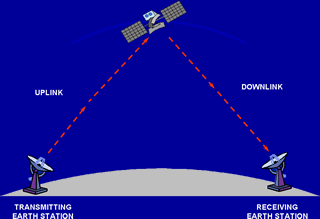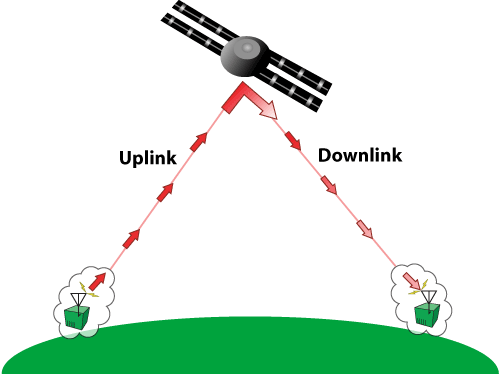
The contact is expected to be conducted in English. Interested parties are invited to listen in on the 145.80 MHz downlink. The contact should be audible over the state of New York and adjacent areas. The contact will be direct between NA1SS and KD2IFR. The duration of the contact is approximately 9 minutes and 30 seconds. The event is scheduled to begin at approximately 15:57 UTC.
#ISS DOWNLINK FREQUENCY FREE#
This is a great opportunity to show kids of all ages what you can hear with a modest radio!Ĭheck out a news article about this event via the Southgate ARC: Upcoming ARISS contact with Central Islip Union Free School District, Central Islip, NYĪn International Space Station school contact has been planned with participants at Central Islip Union Free School District, Central Islip, NY on 18 April. Check out the ARISS “Upcoming Contacts” page where future ARISS QSOs are listed. As we’ve mentioned in past posts, you’ll know when to switch frequency when the audio gets bad.ĪRISS contacts happen quite frequently–I’m posting this notice because I’ve noted it in my own calendar. As the ISS climbs above your horizon, because of doppler-shift, listen on 145.805, then move to 145.80 as the ISS approaches zenith and finally move to 145.795 MHz as the ISS drops toward the other horizon. The frequency of the downlink will be 145.80 MHz. I’ve listened to the downlink in the past using an Icom ID-51a and the super compact Yaesu VX-3R:

The Amateur Radio on the International Space Station (ARISS) contact will be between between NA1SS (on the ISS) and KD2IFR at a school in Central Islip, NY.Īs long as you’re within the ISS’ signal footprint (which is rather large) you should be able to easily hear NA1SS’ side of the conversation. On April 18, consider setting your scanner or handheld VHF radio to 145.80 MHz around 15:57 UTC you may be able to hear the downlink from the International Space Station. This is a great opportunity to show kids of all ages what can be heard with a modest radio!


Of course, you need to check the pass first to make sure you’re within the footprint of the station’s signal.ĪRISS contacts happen several times a year. As the ISS climbs above the horizon, because of doppler-shift, start listening on 145.805, then slowly move to 145.80 as the ISS approaches zenith and finally move to 145.795 MHz as the ISS drops toward the other horizon. Any scanner or handheld radio that can receive this frequency will work. Listening to the ISS is very easy: The frequency of the downlink is 145.80 MHz FM. Geneva has a laser focus on making a career in spaceflight, so she absolutely loves this sort of thing. At one point, the audio was so good we could actually hear the hum of equipment, and other astronauts speaking and working in the background.


 0 kommentar(er)
0 kommentar(er)
